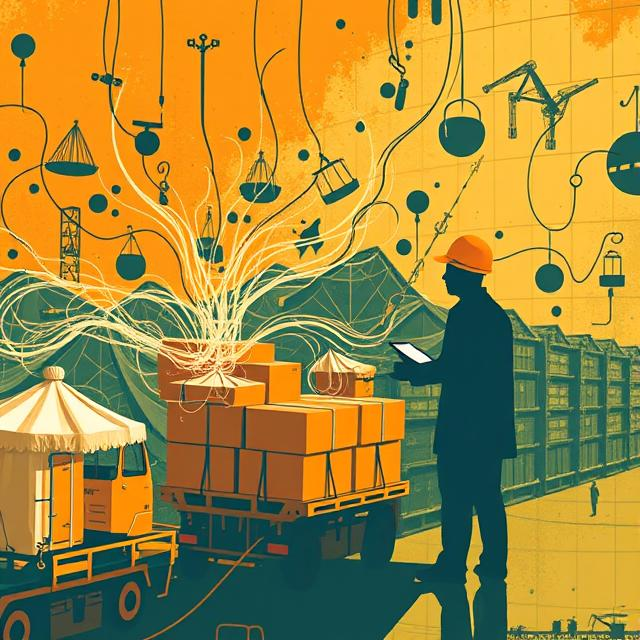India’s supply chain ecosystem is a vital engine of economic growth, yet it faces persistent inefficiencies. A fragmented logistics network, outdated infrastructure, regulatory bottlenecks, and technological gaps contribute to delays, increased costs, and reduced competitiveness. To transform this chaos into a coordinated and efficient system, India must focus on key strategic interventions.
Challenges in India’s Supply Chain
- Infrastructure Deficiencies India’s supply chain suffers from inadequate roads, ports, and warehouses. According to the World Bank, India ranks lower than global leaders in logistics performance, increasing transit times and operational costs.
- Regulatory Complexity Multiple regulatory frameworks across states create inefficiencies. A lack of uniformity in taxation and compliance requirements slows down the movement of goods.
- Technology Gaps The supply chain industry lags in adopting digital solutions. Many businesses still rely on manual processes, leading to errors and inefficiencies.
- High Logistics Costs Logistics costs in India account for nearly 14% of GDP, significantly higher than in developed economies. This affects the competitiveness of Indian businesses in global markets.
Strategies for Improvement
- Investment in Infrastructure The government’s Bharatmala and Sagarmala projects aim to enhance road and port connectivity. Strengthening multimodal logistics parks and integrating rail, road, and waterways will improve efficiency.
- Policy and Regulatory Reforms Simplifying and harmonizing policies across states will reduce bureaucratic delays. The implementation of GST has streamlined taxation, but further regulatory ease is needed.
- Digital Transformation The adoption of AI, blockchain, and IoT can enhance real-time tracking, demand forecasting, and inventory management. Initiatives like the Unified Logistics Interface Platform (ULIP) aim to create a digital backbone for seamless logistics operations.
- Boosting Supply Chain Resilience Developing resilient supply chains by promoting local manufacturing, diversifying sourcing strategies, and enhancing warehousing capabilities will mitigate disruptions.
- Public-Private Collaboration Encouraging collaboration between the government and private sector can bring innovation and investment into logistics infrastructure and technology.

